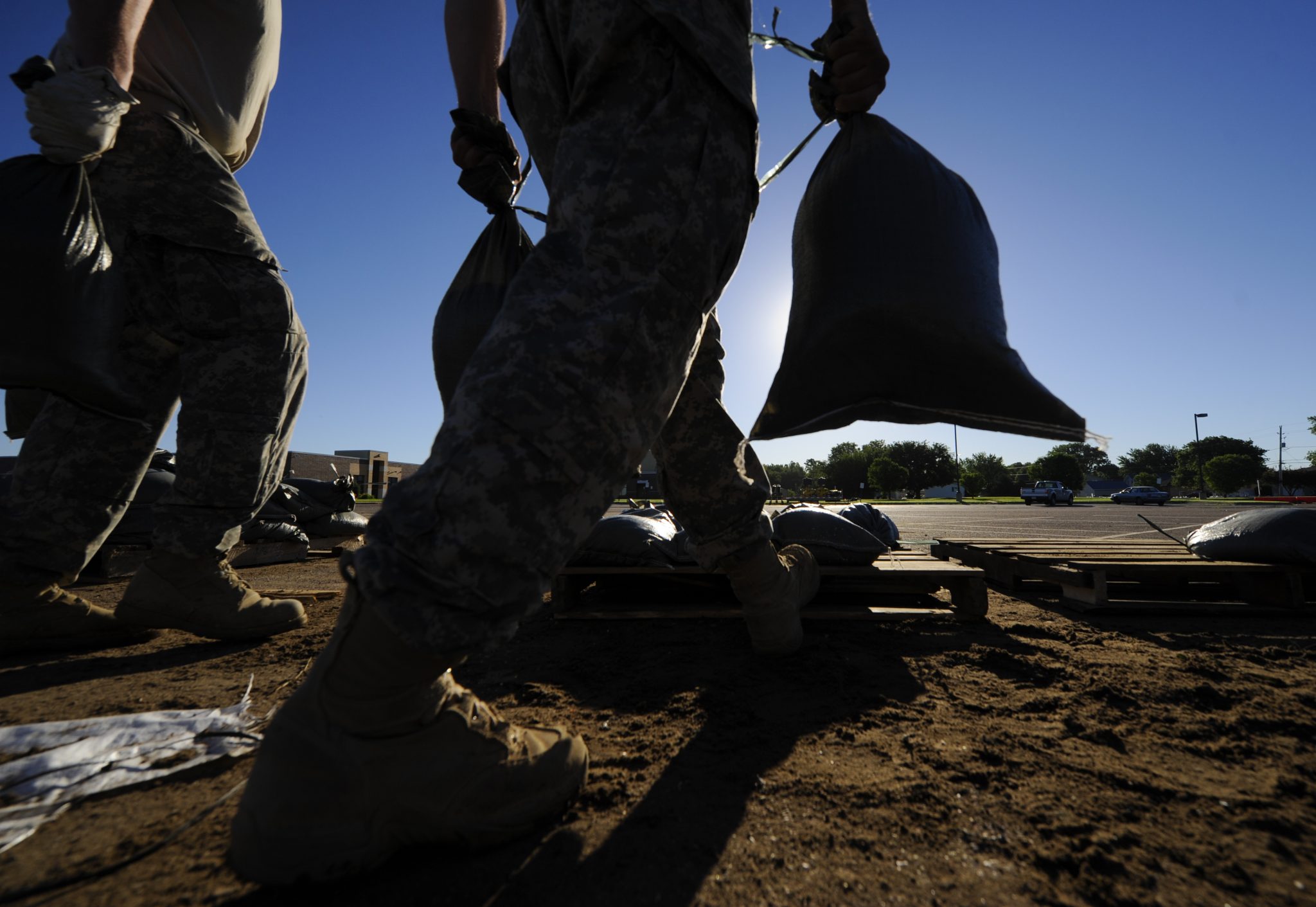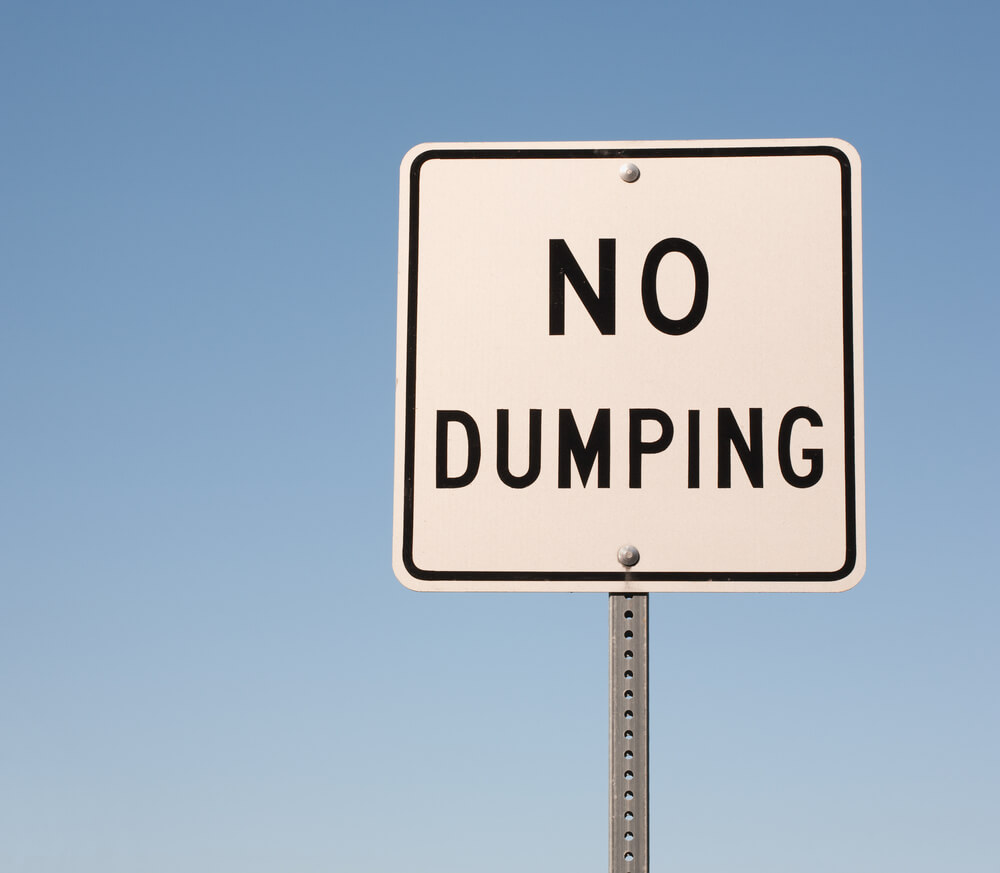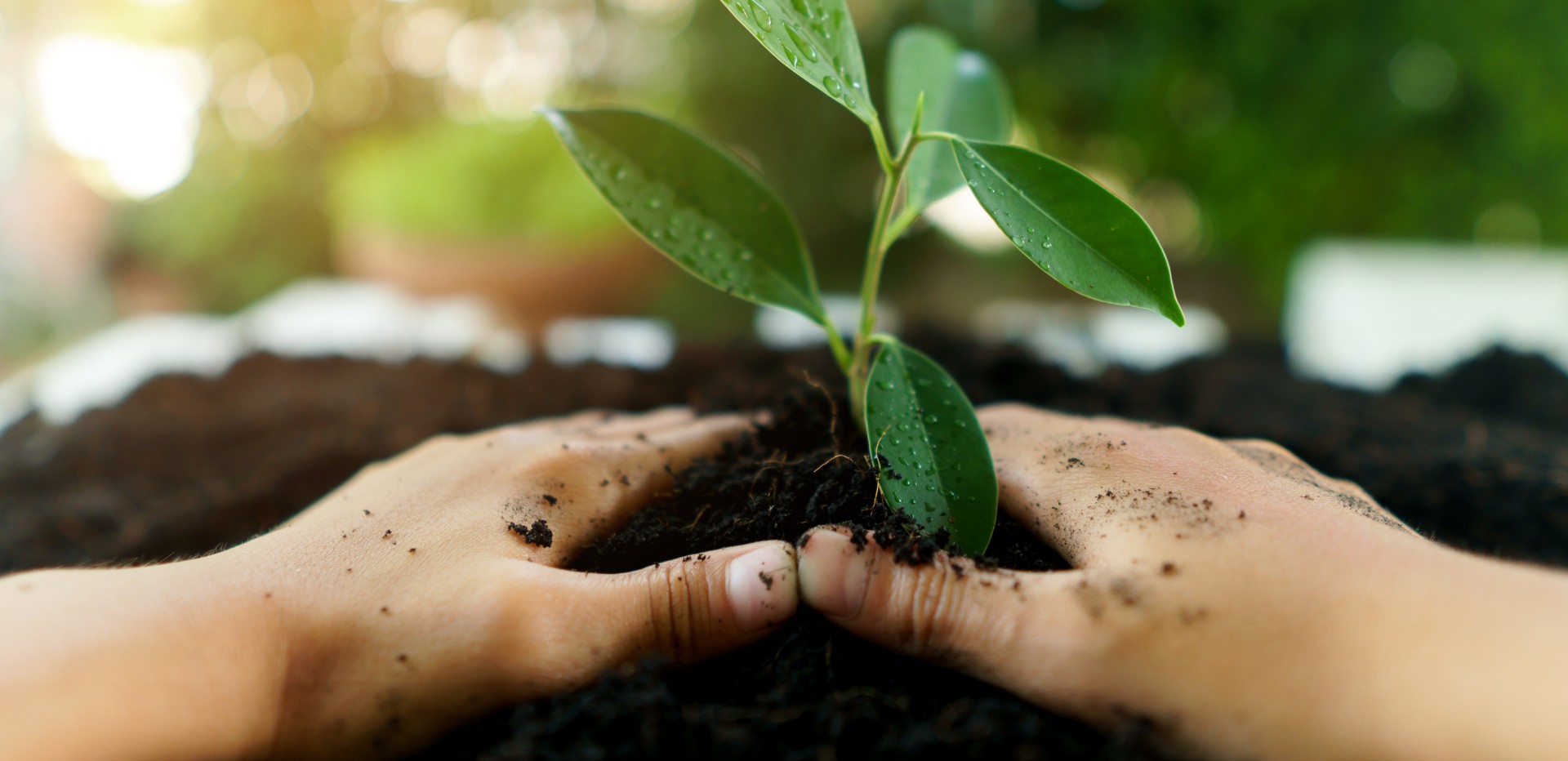When natural disasters strike, communities rally together to bring a return to normal. Volunteers drive relief recovery efforts, and without them, communities would not recover.
Disaster sites are by no means safe, and navigating them is a dangerous endeavor if not properly prepared. When you are volunteering your time and risking your safety in an event like this, taking the right precautions before and after can make all the difference.
Read on to see how you can best prepare for relief volunteering and efforts:
What You Should Know Before You Go
Making an initial preparation plan doesn’t need to be complicated. The preparation plan, at its simplest, is just an understanding of what to be aware of, where to go, and where to find emergency supplies in the area. Panics after the fact can be more deadly than the original disaster, so by establishing an organized plan of action, you can alleviate some unnecessary stress.
What You Should Have Prepared
You will need to be prepared to weather the storm before you will be able to help anyone else. Be sure you own an emergency kit, stay up-to-date on all of the recommended immunizations, and have an emergency plan for you and your family. With these in place, you’ll be in the best position to help others after the disaster. You should encourage the rest of your community to follow your example so no one is caught by surprise when a disaster hits.
Where You Can Get Training
The Red Cross offers classes through its nationwide support network with both in-person and online options available. They have a variety of paid classes available for anyone along with free disaster training for their volunteers. Click here to explore their availabilities.
Another option is through the Department of Homeland Security’s website, Ready.gov, which provides resources to learn how to stay safe and respond to natural disasters. Click here to learn more about what they have.
Another option is to look for local training hosted by organizations within your community. These have the advantage of being tailored to the exact situation you will be responding to but lack the national resources and standards of the Red Cross or CDC. Explore your options at your local library/community center or with a Google search.
How You Can Volunteer
The same sources for training will have options for active volunteering. It is easiest to volunteer through the same program you complete your training but explore what options apply best for you.
- Volunteering with the Red Cross
- Ready.gov/volunteer
- Talk with the person leading your local training class.
What Should Non-Volunteers Do?
Not everyone is in a situation where they can actively help in a disaster, but they can still support their community’s efforts. Outside of life-threatening situations, everyone should restrict their phone calls and road use so emergency crews can have unrestricted access. Once their home and surrounding area have been checked for impending dangers, non-volunteers should bunker down, stay informed via radio or local television, and wait for instructions from emergency crews.
Volunteer Safety Tips In Natural Disasters
The CDC has extensive information covering how to prepare for and respond to specific emergencies. Highlighted here are top health and safety concerns for volunteers responding to these situations, but take the time to fully read up on situations common to your area.
Click here for the CDC’s full list of natural disasters safety tips.
Personal Safety
- Stay informed – Keep updated on new developments or secondary storms while you work.
- Wear safety gear relevant to the situation – Cover skin, wear gloves, wear sturdy footwear, use eye protection, and utilize air filtration if needed. Natural disasters and stir up and bring in hazardous materials not typically in an area.
- Keep injuries clean and protected – Properly sanitized and protected small wounds with clean bandages, changing them regularly when they become soiled.
- Be cautious of sharp or hazardous materials – Needles and razor blades can find their way into debris being cleaned up, especially when dealing with rubble from a damaged building.
- Take care of yourself – Drink enough water and don’t overwork yourself. If you are exhausted or too stressed you will be much less effective.
Gas Safety
- Use flashlights instead of candles – Gas leaks may have occurred during disasters.
- Be aware of possible carbon monoxide poisoning – Both leaks and emergency response equipment like generators can cause deadly carbon monoxide build-ups.
Structural Safety
- Avoid damaged buildings – Structural damage may have occurred during the disaster. This includes visible damage like a fallen tree on a roof or hidden damage like shifting in the foundation that all can make the building unsafe to be around.
- Electrical Hazards – Natural disasters can often bring down power lines. Avoid these, report them, and let the professionals handle it. Also pay attention for drooping power lines that, while not down, are still dangerous and can be missed when assessing an area.
Water Safety
- Avoid floodwater on foot and wear a lifejacket
-
- When water is flowing quickly, just 6 inches of water can knock you off your feet and risk you being swept away.
- Murky flood water obscures the terrain you are walking on. This can hide sinkholes, sharp debris, and other hazards that may have arrived during the storm, making even familiar terrain dangerous.
- Floodwater can bring germs, diseases, and hazardous materials along with it.
- Avoid floodwater while driving – Roads covered with floodwater can are more dangerous than they appear, especially if it is flowing. Washouts, sinkholes, and slick terrain can be concealed under murky waters. Just 2 feet of water can wash a car away and while trucks and SUVs may seem safer, they are actually more buoyant than smaller vehicles.
Natural disasters can happen anywhere. Volunteering with the relief efforts for your community is the most direct way you can help. Proper preparation, training, and response will lead to the fastest and safest disaster relief, getting your community back to normal. Clean up can be long, but through your efforts and utilizing services like those from Texas Disposal Systems it can be safe and efficient.



